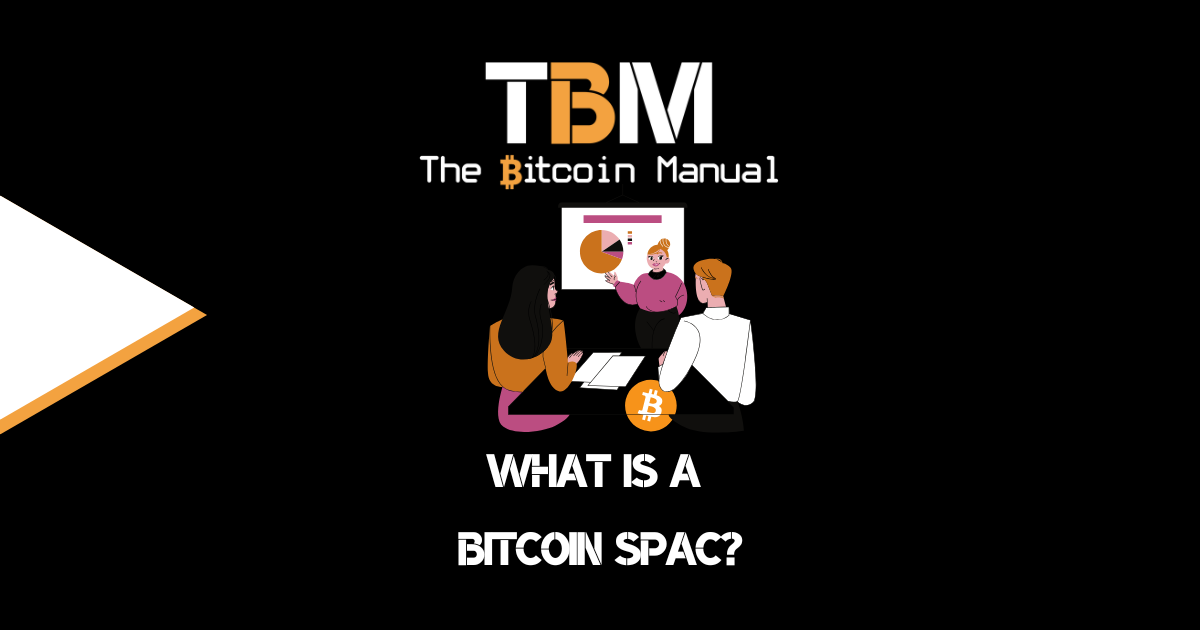Bitcoin mining is the process of verifying and adding transactions to the public ledger, known as the blockchain. As miners provide hash rate used to secure the network and propose new blocks to add to the chain, the ones that are successful are rewarded with Bitcoin for their efforts. As the relative purchasing power of Bitcoin increased with market demand for the asset, it turned mining from a hobby to a formal business involving miners of all sizes around the world.
Today, the Bitcoin network comprises individual miners, private companies, public companies, and even countries that have begun to set up sovereign mining operations. The competition to mine Bitcoin is fierce, as the rewards are limited and continue diminishing over time with each halving.
Roughly every 10 minutes, miners are racing against the clock and one another to secure the next block, and while the focus is on earning Bitcoin, the result is a reliable and secure network. When you mine Bitcoin, you’re sinking capital into specialised machines that can only do one thing, you’re paying for cooling to keep these machines running, and you’re paying for energy to keep these ASICs running.
Bitcoin mining is not a free lunch; it’s a global competition, and the operations with the lowest cost to mine tend to win the race more often than not.
Miners are constantly looking for ways to improve their efficiency and profitability. This has led to the development of increasingly sophisticated mining hardware and software.
Additionally, miners are also looking to exploit even the slightest competitive edge, such as sourcing and co-locating their mining operations in areas with low electricity costs.
The competition to mine Bitcoin is only going to become more intense as the network grows and the rewards for mining decrease. Miners who are able to stay ahead of the curve will be the ones who are most successful.
Considering the environment miners find themselves in, if a miner could secure a slight advantage, you can be sure they’re going to exploit and try to keep it quiet for as long as possible, and this is where the ASICBoost drama began.
What is AsicBoost?
AsicBoost is the name of a technique developed by Timo Hanke and Sergio Lerner. The solution was patented under a framework named “Blockchain Defensive Patent License,” with the intent of limiting competitive advantages in mining and preserving network security.
In a Proof of Work system, miners must generate a cryptographic hash of some important block information, which is contained in the block header. In order to make it a difficult task, the hash must satisfy the “difficulty” condition, which generally requires it to be lower than a certain number. Since hash functions are completely unpredictable, the only way to satisfy the condition is to try many different combinations of input data simply.
AsicBoost exploits the fact that Bitcoin block hashes are created from separate chunks of 64 bytes of data. Since the entire header is 80 bytes, there are two chunks that need to be hashed during the mining procedure.
ASICBoost can be implemented in two forms:
- Overt ASICBoost requires manipulating the nVersion field of a block header. This is clearly visible on the blockchain. Miners wishing to use overt ASICBoost are recommended to use the version bits reserved for general-purpose use by BIP 320.
- Covert ASICBoost requires manipulating part of the Merkle root field of a block header. This can be done undetectably, although naive implementations often leave clues.
While the latter technique is less efficient, it is more difficult to detect and thus would allow a miner to maintain a competitive advantage.
Covert use, however, is much harder, if not impossible, to detect. Only covert use is largely incompatible with SegWit. Using Segwit transactions, a change of order forces miners to recompute the witness commitment, which is stored in the coinbase. That makes it way more expensive to mine Merkle Trees and destroys the advantage covert ASICBoost provides.
The activation of SegWit would have broken this version of the exploit.
The ASICBoost Scandal
In April 2017, Gregory Maxwell, at the time CTO of Blockstream, broke the news that Bitmain had implemented the covert AsicBoost exploit in its hardware. Maxwell claimed that the reverse engineering of a particular mining chip had demonstrated conclusively that ASICBoost had been implemented in hardware.
Once the news broke, Bitmain CEO Jihan Wu found himself at the centre of controversy with claims that Bitmain’s hardware was “backdoored” to allow potential covert cost-saving and an ensuing network monopoly.
A user of AsicBoost was estimated to increase mining performance by 20-30% for Bitmain or anyone running ASIC Boost. Since only a select few miners could run ASICBoost, they could outcompete all other miners and use this advantage to centralise the network around themselves and their machines.
Andreas Antonopolous and others argued that covert AsicBoost would eventually destabilise the network, and when arguments like this are presented, the immune reaction, that is, the community nodes, began to attack this possible threat.
Of course, there were calls to have miners turn off ASICBoost, while others claimed that it would be best to do ASICBoost overtly so all miners have transparency and can adjust accordingly, while another faction was looking at ways to make ASICBoost obsolete.
Do your own research.
If you want to learn more about mining, use this article as a jumping-off point and don’t trust what we say as the final say. Take the time to research, check out their official resources below or review other articles and videos tackling the topic.




